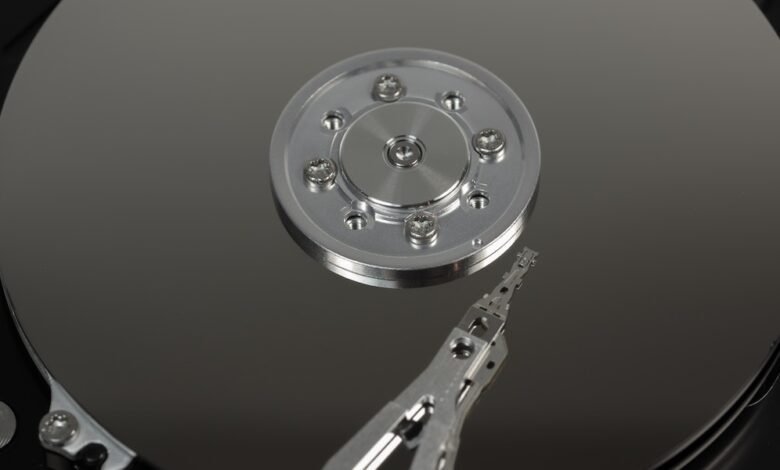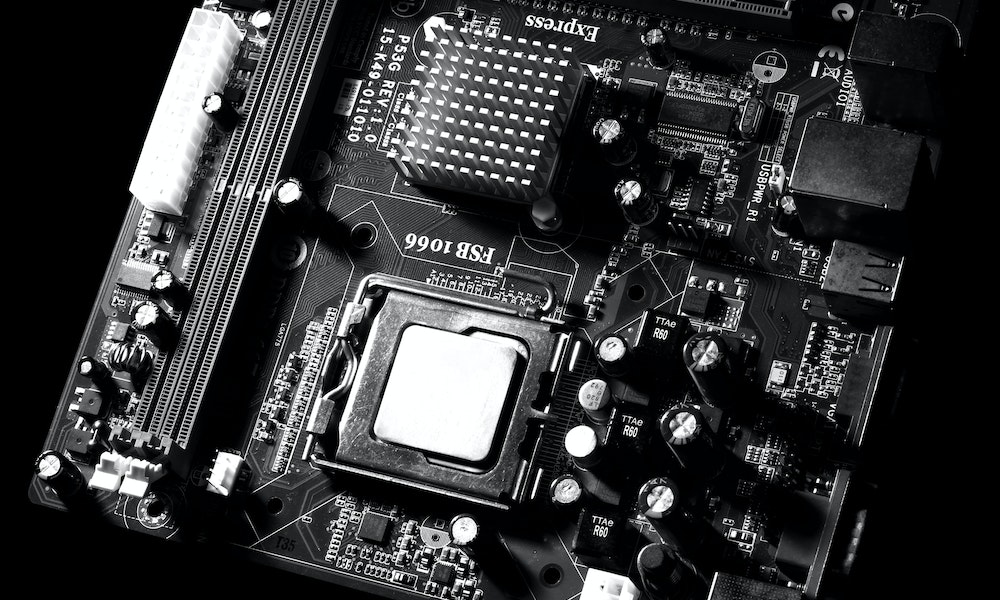5 Best Ways to Check Hard Drive Compatibility

Check Hard Drive Compatibility, When upgrading or replacing a hard drive, ensuring compatibility with your system is crucial. Incompatibility issues can lead to data loss, performance problems, or even system failures. In this article, we will explore the five best ways to check hard drive compatibility to help you make informed decisions and avoid any potential issues. Whether you’re a tech enthusiast or a novice computer user, these methods will assist you in finding the right hard drive for your system.
Read More: Finding Data on a Dead Hard Disk( Step-By-Step Guide)
1. Understanding Hard Drive Compatibility
Check Hard Drive Compatibility, Before diving into the methods of checking compatibility, it’s important to understand what hard drive compatibility entails. Compatibility refers to how well a hard drive fits and functions within a given system. Several factors determine compatibility, including the interface, form factor, storage capacity, power requirements, and operating system support.
2. Checking the Interface Compatibility
Check Hard Drive Compatibility, The interface of a hard drive determines how it connects to the motherboard. There are several interfaces commonly used in modern systems. It’s crucial to check if your system supports the interface of the hard drive you intend to install.
2.1 SATA Interface
Serial ATA (SATA) is the most prevalent interface for modern hard drives. SATA offers fast data transfer speeds and easy installation. To check SATA compatibility, refer to your motherboard’s specifications or user manual to ensure it supports the SATA version of the hard drive.
2.2 IDE/PATA Interface
Check Hard Drive Compatibility, Integrated Drive Electronics (IDE) or Parallel ATA (PATA) interfaces were widely used in older systems. If you have an older computer, you might need to check for IDE/PATA compatibility. Ensure that your motherboard has the necessary connectors and supports the IDE/PATA interface.
2.3 NVMe Interface
Non-Volatile Memory Express (NVMe) is a high-performance interface primarily used for solid-state drives (SSDs). NVMe offers lightning-fast data transfer speeds, making it ideal for demanding applications. To check NVMe compatibility, verify that your motherboard supports NVMe drives and has the required M.2 slot.

3. Verifying the Form Factor Compatibility
Check Hard Drive Compatibility, The form factor refers to the physical dimensions and mounting configuration of the hard drive. Different form factors are designed for specific types of systems, such as desktops or laptops. Ensure that the hard drive’s form factor is compatible with your system.
3.1 3.5-inch Form Factor
The 3.5-inch form factor is commonly used in desktop computers. If you’re upgrading or replacing a hard drive in a desktop system, make sure the new drive adheres to the 3.5-inch form factor for a proper fit.
3.2 2.5-inch Form Factor
Check Hard Drive Compatibility, The 2.5-inch form factor is predominantly used in laptops and compact devices. If you’re working with a laptop or a device that requires a smaller drive, ensure that the hard drive you choose follows the 2.5-inch form factor.
4. Considering the Storage Capacity Compatibility
Check Hard Drive Compatibility, When selecting a hard drive, it’s essential to consider the storage capacity compatibility. Ensure that the drive’s storage capacity meets your requirements and is supported by your system. Check your system’s specifications or consult the manufacturer’s guidelines to determine the maximum supported capacity.
5. Ensuring Power Requirements Compatibility
Check Hard Drive Compatibility, Hard drives require a specific amount of power to function correctly. Before installing a new hard drive, verify that your system’s power supply can accommodate the power requirements of the drive. Insufficient power supply could lead to stability issues or drive failures.
Checking Operating System Compatibility
Check Hard Drive Compatibility, Different operating systems may have specific requirements for hard drive compatibility. Ensure that the hard drive you choose is compatible with your operating system. Check the manufacturer’s documentation or official website for information on operating system compatibility.
Using Compatibility Tools
Check Hard Drive Compatibility, To simplify the process of checking hard drive compatibility, you can utilize various compatibility tools available online. These tools typically analyze your system’s specifications and provide recommendations for compatible hard drives. Some popular compatibility tools include manufacturer-provided utilities, online compatibility checkers, and community-driven forums.

Check Hard Drive Compatibility, Conclusion
Checking hard drive compatibility is vital when upgrading or replacing your storage device. By following the five best ways outlined in this article, you can ensure a seamless transition to a new hard drive. Understanding the interface, form factor, storage capacity, power requirements, and operating system compatibility will help you make informed decisions and avoid compatibility issues.
Read More: Completely Wipe Your Hard Drive? 7 Possible Ways
FAQs
Q: Can I use a SATA hard drive with an IDE interface?
A: No, SATA and IDE interfaces are not compatible with each other.
Q: What is the most common form factor for desktop hard drives?
A: The most common form factor for desktop hard drives is 3.5 inches.
Q: How can I check the maximum storage capacity supported by my system?
A: You can check your system’s specifications or consult the manufacturer’s guidelines for information on maximum supported storage capacity.
Q: Do I need to upgrade my power supply when installing a new hard drive?
A: It depends on the power requirements of the new hard drive and the capacity of your current power supply. Ensure that your power supply can provide sufficient power for all components.
Q: Are there any free compatibility tools available online?
A: Yes, there are several free compatibility tools available online that can help you check hard drive compatibility with your system.












3 Comments